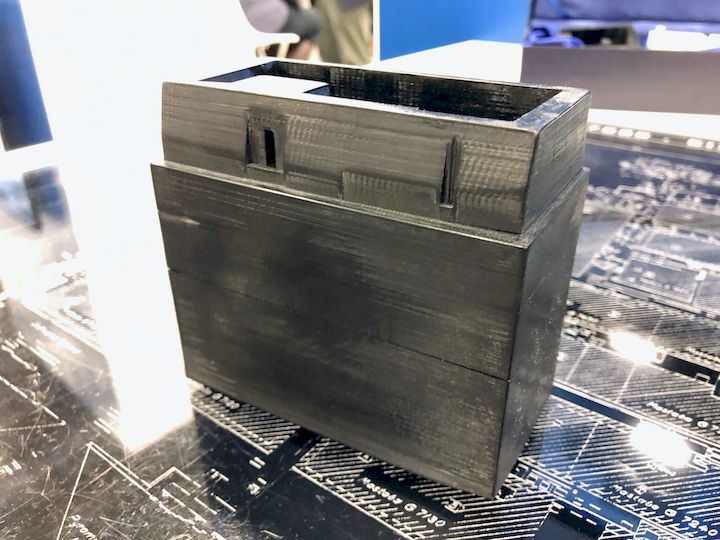![A 3D printed representation of an ancient Egyptian tomb structure [Source: Fabbaloo]](https://fabbaloo.com/wp-content/uploads/2020/05/image-asset_img_5eb09c0e65896.jpg)
An interesting experiment at Howard University demonstrated a different way to learn about ancient Egypt.
While the Masters-level students were certainly budding Egyptologists, they had little to no experience with 3D printing, 3D modeling or similar technologies. The idea was to supercharge their learning experience by integrating 3D technologies into their Egyptology program.
3D CAD and 3D printing experts from Dassault Systèmes’ lab in Boston assisted the students in the project, and made use of Dassault’s 3DEXPERIENCE platform. They used the xDesign platform to create the 3D models to print for the project.
In this project the idea was to transform information collected in an extensive 1924 Egypt expedition into physical reality. The notes were collected by Egyptologists of the day who were onsite. Pages of notes such as these were examined:
![Handwritten notes from a 1924 Egyptology expedition [Source: Fabbaloo]](https://fabbaloo.com/wp-content/uploads/2020/05/image-asset_img_5eb09c0eb581b.jpg)
One of the key elements of the information provided to the students was a 2D layout of the archaeological site, showing the location, size and orientation of ancient buildings:
![A 2D layout of an ancient Egyptian tomb area [Source: Fabbaloo]](https://fabbaloo.com/wp-content/uploads/2020/05/image-asset_img_5eb09c0f0305a.jpg)
Of course, the buildings don’t always exist, but wouldn’t it be terrific if they could be reproduced? That’s exactly what was attempted in this project. The students combined their historical knowledge of the architecture with the CAD knowledge of the 3D experts to develop designs for several of the buildings.
This resulted in a series of 3D models for the buildings that were printed and provided to the students, based on a particular tomb area.
![Developing 3D models of ancient Egyptian tomb structures [Source: Fabbaloo]](https://fabbaloo.com/wp-content/uploads/2020/05/image-asset_img_5eb09c0f408bd.jpg)
The work was not done simply for the thrill of seeing how the buildings could have appeared. Instead the students and 3D experts had to undergo a design process to develop the reconstruction, as if they were actually designing and building the structures from scratch.
![Finalized 3D CAD design of an ancient Egyptian tomb structure [Source: Fabbaloo]](https://fabbaloo.com/wp-content/uploads/2020/05/image-asset_img_5eb09c0f8c71f.jpg)
This provided them with a significantly different spatial-temporal view of the structures, as they literally had to go through the steps of designing them. They had to face problems that had likely been faced by the original designers of the tomb, centuries ago, and had to make appropriate design decisions.
This type of experience takes one far deeper into a problem space than one could possibly get by merely reading and examining 2D representations of a structure. This approach quite literally took them into the minds of people who lived thousands of years ago.
The technology of 3D printing, invented millennia afterwards, enabled this to happen. What other transformational learning processes could be made?











CoreXY is becoming a very popular approach for 3D printer motion systems, but is it the ultimate answer? We list the advantages and disadvantages.